These are links to points of interest listed on this page which are on this part of Aberford Road
Garforth Station
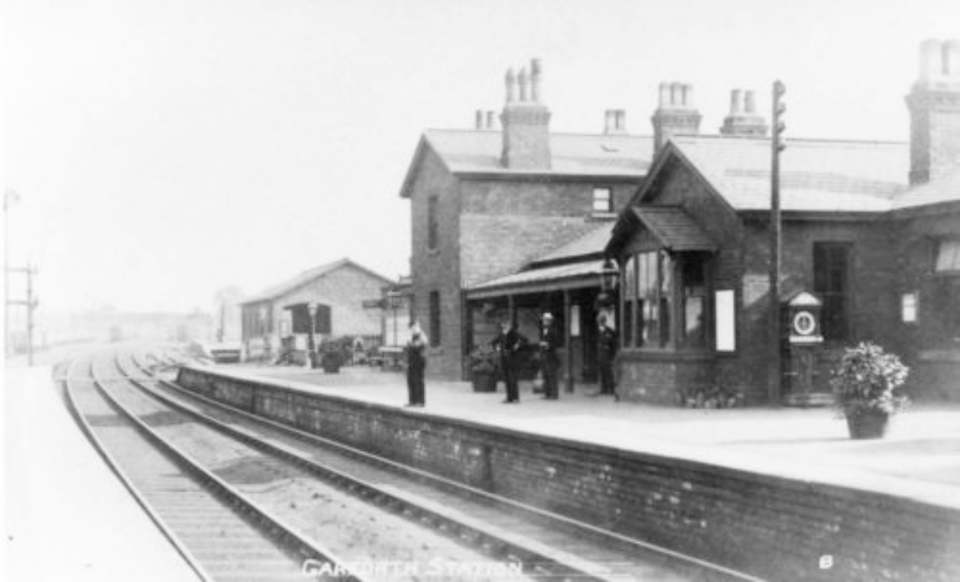
Garforth Station was opened by the Leeds and Selby Railway in 1834; it was leased by the York and North Midland Railway in 1840 and bought outright in 1844. It thus became a part of the North Eastern Railway on its formation in 1854. The current buildings date from 1872 and were designed by NER architect Thomas Prosser.

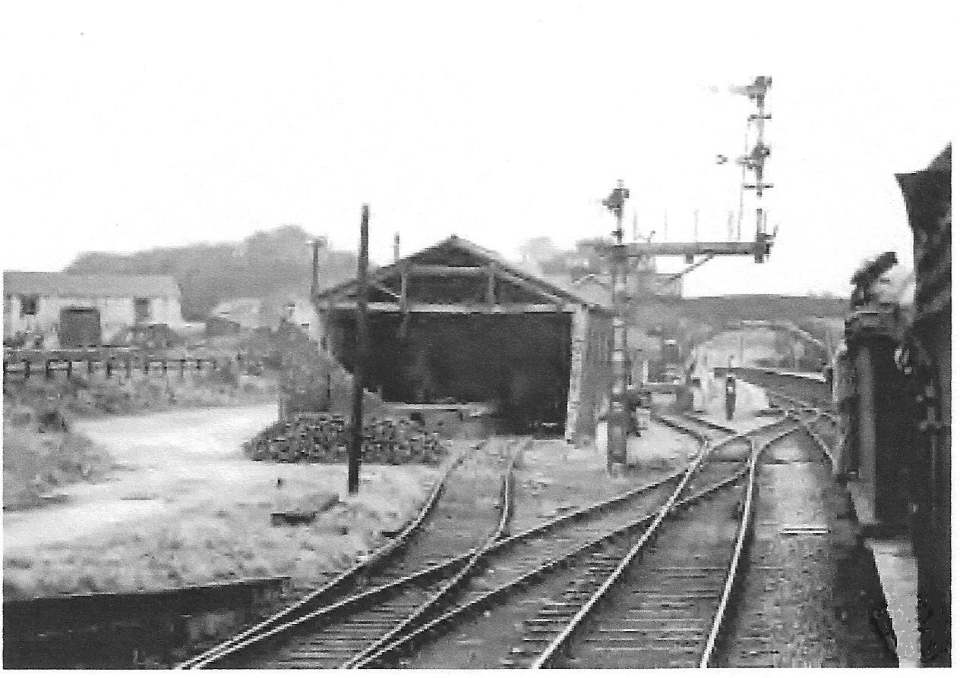
Rail junction on the right is the line that carried coal from the Garforth pits to Castleford. The line passes under Green Lane bridge and then runs through the east of the village round the back of the Trench Pit off Ninelands Lands where Redrow Housing is now built (2023).The wooden buildings on the right are where Ninelands View houses now stand. The remainder of the route is now The Linesway path to Allerton Bywater.

Aberford Road Bridge
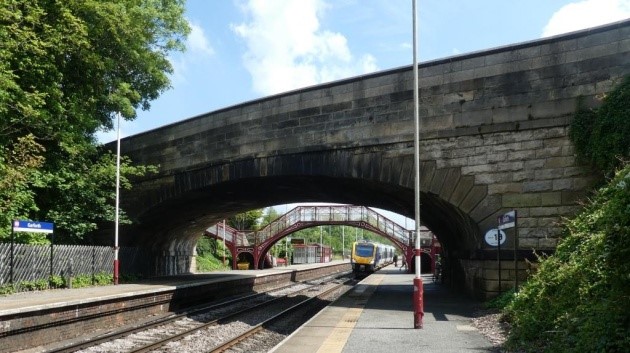
This is an example of a skew bridge carrying Aberford Road over the tracks at an angle and was designed to span four tacks. It is Grade 2 listed. This indicates it is historically important and needs to be maintained
Garforth Station Foot Bridge

Grade 2 Listed – Was removed in July 2023 and sold to a Bredgar & Wormshill Light Railway in Kent. This was to allow for electrification and provision of lift access

Station Fields

The original image below taken from the Railway Bridge on Aberford Road is a view of Station Fields now the site of Marlow Court and Oak Crescent. The wall on the right enclosed Longbottom’s farm. Job Barber had farmed here until his death in 1915. It was known as Station Farm and Moorhouse Farm.

ABERFORD ROAD (Formerly Station Road) Below are comparative images of views from Railway Bridge on Aberford Road at the Station , The building behind the horse is Green’s Nursery. In the mid distance is The Gascoigne Pub and then the Miners Arms ( the Latest image is from April 2023)


St Benedict’s Roman Catholic Church

The site was formerly Green’s Nursery known for growing cherries, grapes, peaches, pomygranates, tomatoes. It was also Crummock’s Farm.


The land on Station Road was purchased in 1961. A new Church and Priory were designed by Derek Walker of Aberford. The design was modern and universally disliked. Towards the end of 1964 the building was nearly complete and arrangements made for a solemn opening ceremony. On 18th Nov 1964 disaster struck and the building collapsed during a bad storm just a few days before the opening. It was felt that the structure had been too fragile with walls mostly of glass but the rebuild used the same architect but with a strengthened design. The rebuild was completed in 1967. In 1994 structural faults were found and the church had to be demolished. The site remained a bare concrete base until 1997 when a new church was built
Garforth Working Men’s Club & Mechanics Institute
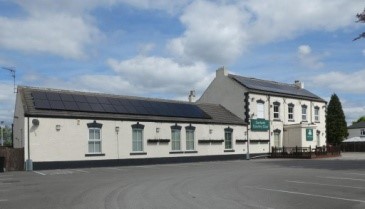
Now known as Garforth Country Club
- 1863 Garforth Working Men’s Club and Mechanics Institute opened
- Col Frederick Charles Trench Gascoigne and several influential gentlemen in the community had the institute built to provide a facility for the education and entertainment of the working classes.
- Sometime between 1881 and 1889 it became Garforth Conservative and Unionist Club.
- 1921 – Club was purchased from Col Frederick Richard Thomas Trench Gascoigne
- 1929 – Title transferred to Sam Smiths Brewery.
- 1962 – Name changed to Garforth Country Club
- 1992 – Members purchased club from brewery
- For full details of the Clubs history click the link below
Garforth WMC & Institute Click for detailed history
The history of the building that now house Garforth Country Club began in 1863. It’s origins reflect many aspects of Victorian society at the time. The buildings were set up as Garforth Working Men’s Club and Mechanic’s Institute. The Mechanic’s Institutes were organized to “provide education for ordinary working peoples”, before the introduction of compulsory elementary education by the Forster Act of 1870. Some of the smaller ones declined with the introduction of schooling for all, others even developed into Universities.
The report of Garforth W.M.C. & Institutes to Yorkshire Mechanic’s Institute Union Says “ Early in 1865 a meeting of the inhabitants of Garforth was called for the purpose of endeavouring to form a society for the moral improvement of the working class”.(The authors of a Short History of Garforth consider that 1863 rather than 1865 is the correct date). Many of the committee had long felt the deplorable want of some place of rational recreation and instruction for the working population and young people of the village.An appeal was made by F.C.T Gascoigne Esq of Parlington who consented to become President. The result was: “a neat and useful building containing a reading room, bagatelle room, chess and draughts room and Housekeeper’s rooms and over these a large lecture hall capable of between three and four hundred people”. The buildings and grounds occupy an area of about one and a half acres and in the latter are a large bowling green made by members of the club, a quoit and skittle ground and remaining part is tastefully laid out as an ornamental garden.”The Gascoigne family had owned large areas of land in the district for several generations including mines and farms and probably employed many of the “working class” who were intended to benefit from their paternalism.
The Institute opened on 13th October 1863 and a Soiree was held to celebrate the opening on 20th October. The chair was taken by the Vice President W. Atkinson Esq. The involvement of the gentry and Church in the education of the working classes can be seen in the guest list. ”the Society was honoured with the presence of the Right Honourable Lord Houghton, Lord Cavendish M.P. the Reverend Canon Allay D.D. George Lane-Fox Esq. Barnton Lupton Esq and other gentlemen of local influence who had evinced the most active interest in the formation of the society”.The committee were, however, surprised at the poor attendance at the night classes and thought that the fee of one shilling might be off putting. The reading room is not so well used and it is feared that the games in adjoining rooms prove an undue attraction”.
In the 1866 report it is noted that membership had risen by 130 to 430. Having dropped the charges for night classes, the attendance improved dramatically. Classes were held on two night a week under the superintendence of Messrs. Hollis and Moston. The number of pupils was 103. Five boys sent examination papers to the West Riding Education Board and obtained certificates, four receiving prizes of £1, quite a lot of money in 1866.
The Annual Soiree held on December 23rd was chair by F.C.T. Gascoigne in the presence of the Right Reverend Lord Bishop of Ripon and other gentlemen.Over these first two years many talks and lectures were given on educational topics, a large number by clergymen. Local Lecturers include ; J. Wager Esq of Aberford and E Robinson Esq of Garforth. Concerning the next sixty years little evidence has emerged, but the Secretary’s position was held in 1867 by Arthur Woodhead, in 1877 by Charles Gummerson and 1881 by John Woodhead.Sometime between 1881 and 1889 the W.M.C. & M. I. became Garforth Conservative and Unionist Club. Perhaps this is a reflection of the declining need for the Mechanics Institute, so the gentlemen made it heir own club. In 1889 the President was J. Lowther Esq. and the Secretary H. Armstrong Esq.
The building continued to be used as a Conservative club for over eighty years with various alarms and excursions. In 1921 the club premises were purchased from Colonel Frederick Richard Thomas Trench Gascoigne on 24th June. The indenture was signed by the Trustees of Garforth Conservative and Unionist Club. The were Robert Routledge of Colliery-House Garforth, Mining Agent. Eli Ruston Archer of The Beeches Garforth, Gentleman, and Edwin Spragg Donald of Windsor terrace, Garforth Master Coopersmith. The cost of the land, three roods and twenty five perches and the club buildings was £2000. The witness to Colonel Gascoigne and Laura Gwendolen Douglas Gascoigne’s signatures was W.H.E Watson Managing Clerk, Estates Office Aberford.
A mortgage of £1700 was obtained from Tetleys, soon replaced by a mortgage to Sam. Smiths for £1900 in £1925. This was foreclosed in 1929 and the title transferred to the brewery and the club continued as tenants.
The name was changed from the Conservative Club to The Country Club in 1962 and eventually purchased by the members in 1992 with a suitable mortgage
Gray’s Flour Mill

In Beaconsfield Court, next to The Country Club is the former site of Gray’s Flour Mill. The current office of Wheatley Construction bares the name Gray’s Mill House. Image on the right shows the Mill Yard and Mill Cottages (left) of the former Gray’s Flour Mill off Station Road. The building on the right is the old Wages/Time Office for the mill. The yard is being used at the time of the photo as a Vehicle Depot for Garforth Urban District Council. This is now (2023) the site of Beaconsfield Court.
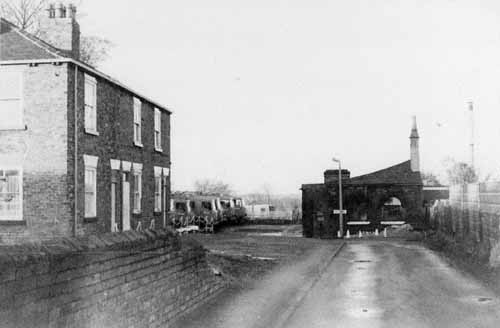
Salisbury Terrace
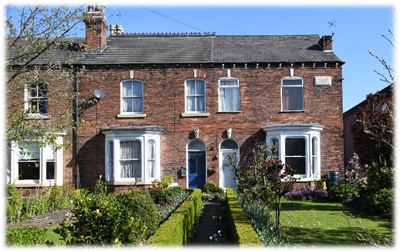
A terrace of houses, near the station. There are several architectural features including large moulded keystones depicting fruit above the doors. Appears named on the 1890 OS map. These were the homes of the professional and business owners of the community. They reflect the prosperity of the village in the late 1800s
Gascoigne Arms
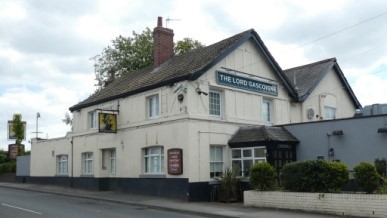
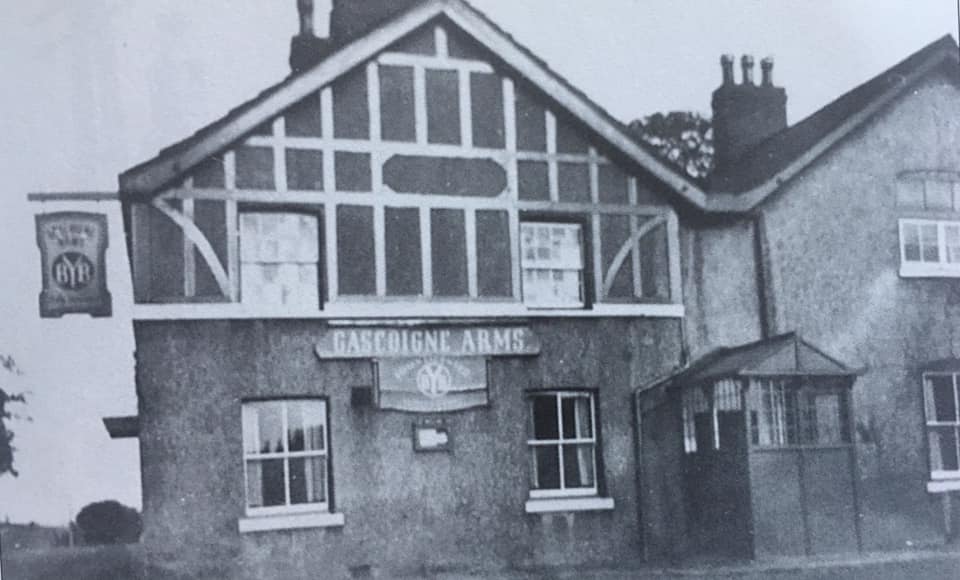
This pub came into existence in the mid to the end of the 19th century. In 1861 it was known as “Gascoigne Arms at Moor Garforth” When it was first built it was granted a 6 day licence on the orders of Col Gascoigne. In 1901 it was advertised as having “every accommodation for visitors and cyclists and good stabling”. Later in 1911 it was purchased by Bentleys Yorkshire Brewery from Col F.R.T.T Gascoigne. In 1911 the Landlord was listed as George Siberry a 51 year old widower. In later years the name changed to The Lord Gascoigne
Diamond Jubilee Garden

The Garden was established by Garforth in Bloom to commemorate Queen Elizabeth’s Diamond Jubilee in 2012. A Time Capsule containing information from several organisations was buried in the Garden. The first out door Peace Flame in this country is located here.
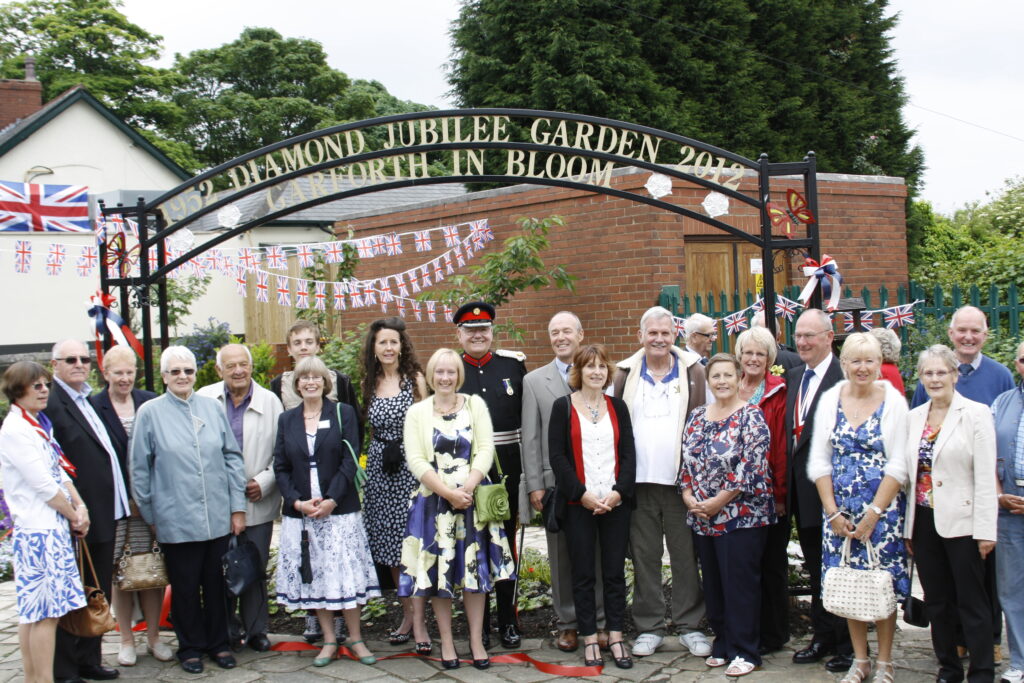
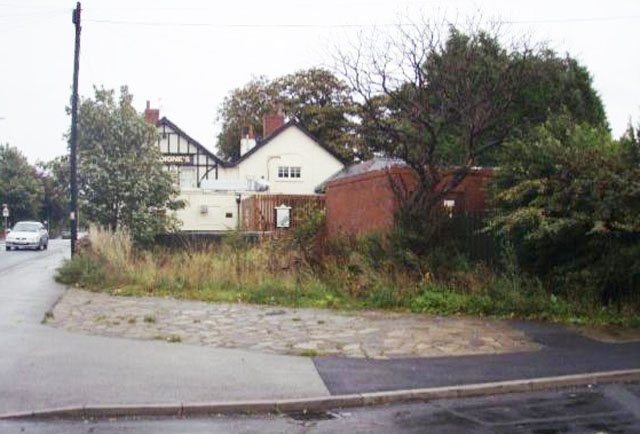
Pickering’s Farm


Demolished to become entrance to Oak Road (1938) Image shows outbuildings and a slaughterhouse of Pickering’s farm (left) as well as part of the substantial dwelling belonging to the Pickering family (right). The Pickerings were highly successful wholesale and retail butchers who raised their own animals and slaughtered them in their own slaughterhouse to sell in their shop on Main Street. The farm was situated off Station Road on what is now the site of Oak Road. The view here is looking towards Station Road with the buildings in the background being the premises of Seaton’s Coal Merchants, now the site of the Seaton House office block.The garden extended all the way down to the Primitive Chapel. In 1936 The house, buildings and land were sold to Garforth UDC for £2900 – Photo dated 1925 Images and Copy Courtesy of Leodis

Miners Arms
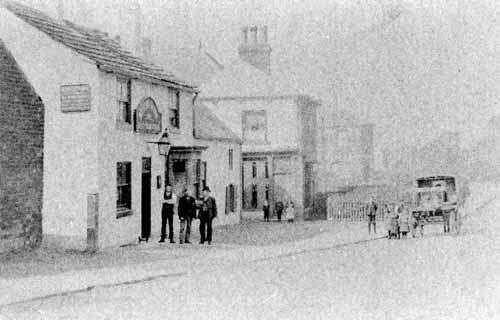

The premises housing the Miners’ Arms are mentioned in Deeds dating 1755. In this year Thomas Haig of Doncaster sold the premises to Elizabeth Pease of Moorhouse, Garforth in the parish of Church Garforth. Elizabeth’s will in 1758 left the property to her son William’s three daughters, Mary, Anne and Elizabeth. 1795 Anne Dawson (nee Anne Pease) let the premises to Thomas Vince- Yeoman. In 1800 Mary Pease released the property to Thomas Vince, There is a reference in 1861 of the name “The Jolly Colliers”. A will made by Joshua Vince in 1893 left the property to Thomas Cavill Vince who in turn sold it to John Beevor’s in 1904. John Beevor’s Mortgage documents shows the name as The Black Bull and formerly The Colliers Arms. John Beevors built cottages behind the pub. These are still standing visible from Pease car park.Image early 1900s Courtesy of Leodis
Albert Mountain VC

The Miners’ has a BLUE PLAQUE which was unveiled in April 2007. This is to honour Albert Mountain who was the landlord between 1953 and 1967. He was awarded the Victoria Cross for his heroism on 26th March 2018 in the Somme.


A commemorative 100 year anniversary a flagstone was laid by his Great Grand Daughters in 2018 and wasattended by Lord Mayor of Leeds and members of the British Legion
Seaton House
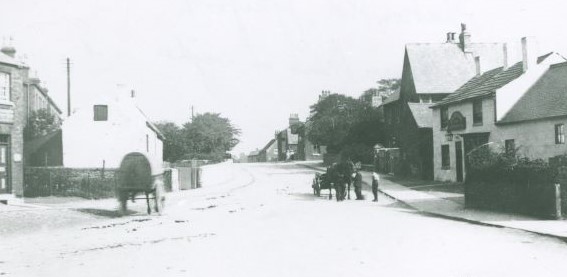
The white cottage on the left is now the site of a garden opposite which are new offices, still bearing the name of coal merchants who worked from these premises, always delivering by horse and cart. They were the brothers Charlie and Harold Seaton. The large building adjacent to the Miner’s Arms on the right is Pickering’s Farm House
